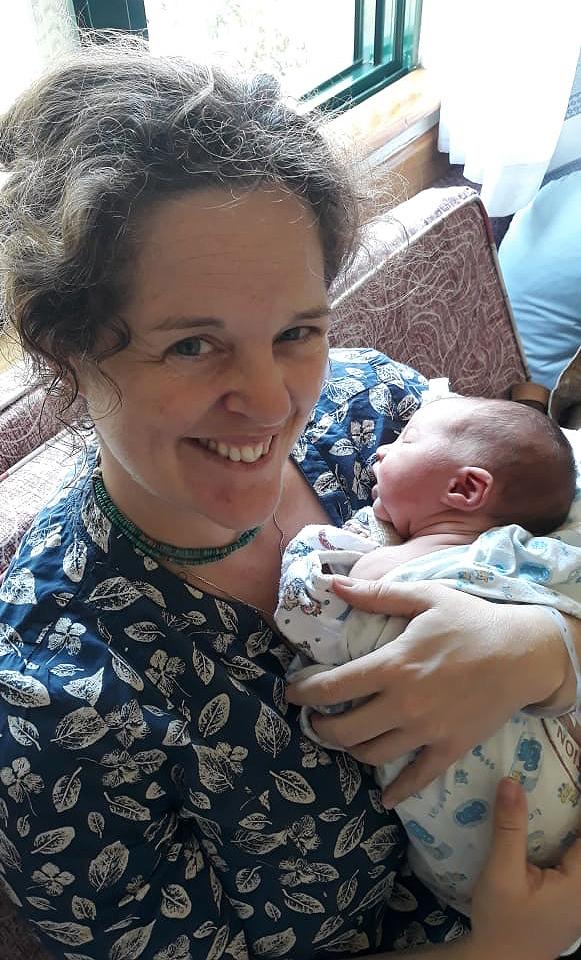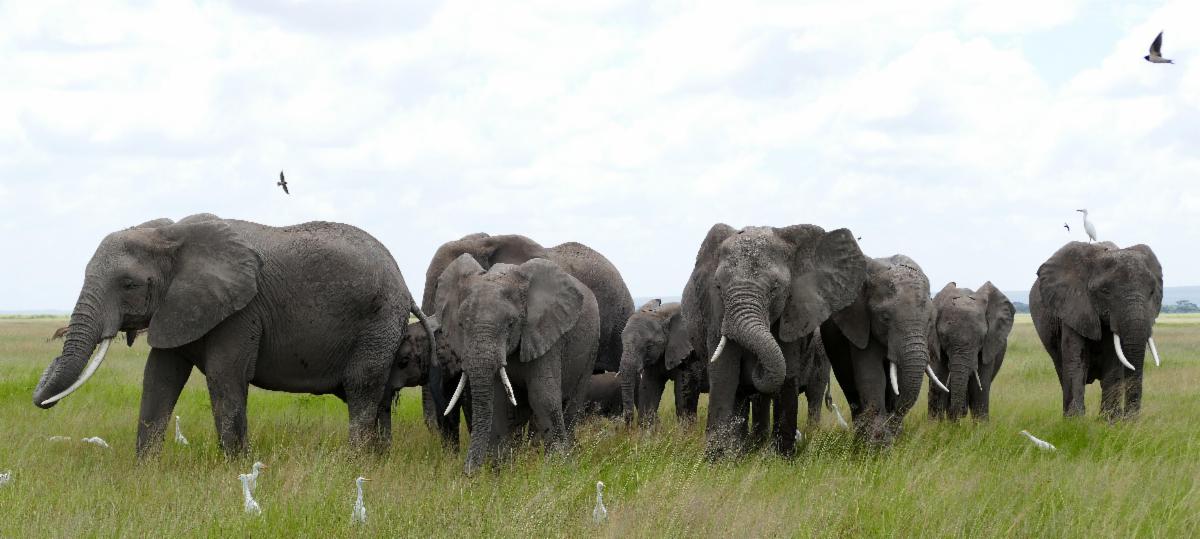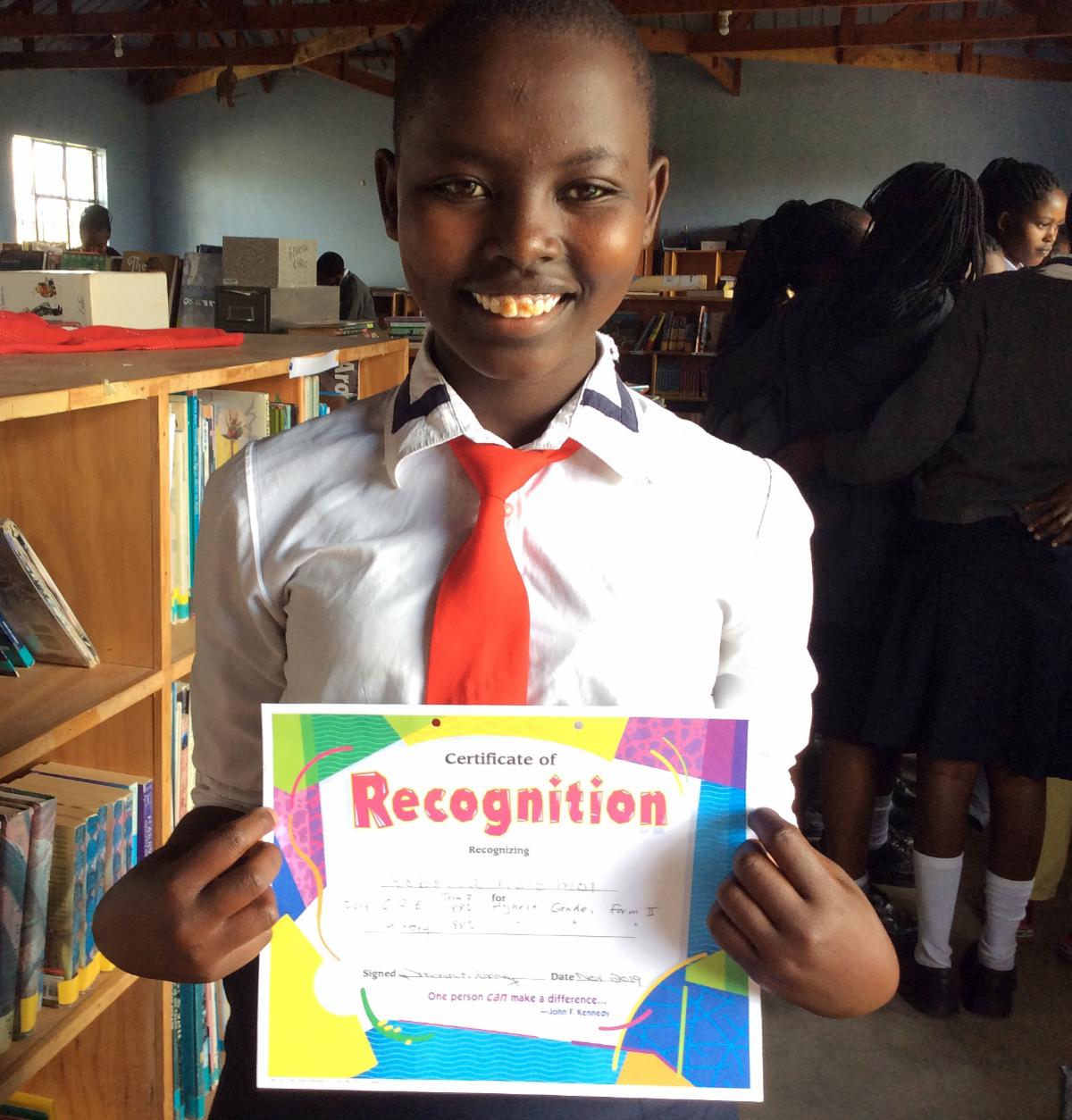Katito and
Norah
are out there monitoring the elephants every day, help them continue their work
|
|
Welcoming a New ATE Baby
|

Vicki Fis
hlo
ck gave birth to a baby boy on March 18. Weighing 3.56 kgs (7.8 lbs) and measuring 55cm (21.6 inches) Alexander William Lawrence entered
t
he world much to the delight of his father Ben Lawrence
, mother Vicki, grandmothers, aunts, uncle
s friends, and all of us at ATE.
Congratulations!
|
|
Good News on Captive Elephants
|
We are happy to report that the Los Angeles City Council has passed a ban on the use of wild animal acts in entertainment and party venues. If you are in the LA area, you can thank Councilmember David Ryu for introducing this legislation.
 On the international front, the use of wild animals in circuses and traveling shows has been banned in England as of January 19, 2020. Similar bans have already been passed in Ireland and Scotland. Now, in a recent development, a new law banning wild animal acts has received support in the Assembly in Wales, as well. On the international front, the use of wild animals in circuses and traveling shows has been banned in England as of January 19, 2020. Similar bans have already been passed in Ireland and Scotland. Now, in a recent development, a new law banning wild animal acts has received support in the Assembly in Wales, as well.
ATE stands strongly against any use of elephants in circuses and other forms of "entertainment," where they cannot access or perform any natural behaviors and where they are forced to perform unnatural tricks. Thanks to all of you who have written, worked, and inquired about captive elephant issues. Because of you, we are keeping wild elephants in the wild!
|
|
Thanking Our Generous Donors
This list represents donations we have received in the last quarter--that is, since the publication of our last newsletter at the end of December. Thank you for all donations, large and small, and for your ongoing support of the Amboseli elephants.
Jane Beckwith
Catherine Badgley
Bessemer Trust
Born Free Foundation
Detroit Zoo
Priscilla Wear Ellsworth
Fair Play Foundation
Frederica Gamble
Catherine Grellet
Tom and Colleen Lee Family Foundation
Jonathan B. Gifford Family Foundation
Gwydion Fund for Wild Nature
John and Kathryn Heminway
Tom and Colleen Lee Family Foundation
Yolanda Michaels
T.J. and S.W. Ocasek
Gordon R. Ray
Lia Reed and Benton Bonhannon
Rogers Family Foundation
Rolf and Elizabeth Rosenthal Family Foundation
Oakland Zoo
Carl Safina
Gary Schudel
|
|
|
Ways to Support Us
Follow an Amboseli Family with Elatia

This is the PC2 family led by beautiful Petula on the left. They are part of our Elatia Program. You could follow this family by joining our Elatia program. We have chosen six Amboseli families for Elatia: the AAs, EBs, FBs, GBs, OAs, and PCs. You can choose one or all of the families to follow. Regular updates include photos and videos, and news of what is going on in the family.
To learn more about Elatia
go to
This Link.
If you have any problems, Tal has made a tutorial for signing up,
Click Here.
You can also contact her directly if you have any questions on:
**********
Name a Baby Elephant
These young calves will be needing names soon. One way to participate in the Amboseli elephant project is to name a calf.
Unlike our Elatia program where many people follow the same family, our naming program is a unique experience. The calf becomes "your" calf alone and the name you give forms a part of the Amboseli dataset for all time. For more information, please write to us at:
[email protected]
*********
iGive
One of the ways you can support ATE is by making your online purchases through iGive. If you sign up the Amboseli Trust for Elephants as your recipient organization we will get a small percentage of the sale. Connect with
iGive.
Give a Gift that Lasts Forever
Designate the Amboseli Trust for Elephants as a beneficiary of your will, individual retirement account, or life insurance policy. To learn more about planned giving opportunities, please contact Betsy Swart:
Tel +1-508-783-8308.
|
|
|
News from the Amboseli Trust for Elephants
January - March 2020
|
|
These are frightening and difficult times. We at ATE send out gentle greeting rumbles to all of you sheltering at home. For those of you who are ill, we wish you a speedy recovery. Here in Kenya, as I write this letter, we have had 31 confirmed cases of Covid-19 including one death. After the first case was recorded on March 12, the government acted very quickly and closed all the schools, banned meetings and gatherings, and most recently instituted a curfew at night.
On a much happier note the elephants are blissfully oblivious to what's going on. The rains have continued all through January, February and March with resulting abundant and nutritious vegetation. Last year only 20 calves were born. Already this year 52 calves have been recorded, so the families are busy with their new additions. One family is particularly busy. Angelina of the AA family gave birth to twins in February. See the story below.
Whatever happens we will not abandon our research nor the elephants. Our team is in place in Amboseli and we will continue.
Cynthia Moss
Director
Amboseli Trust for Elephants
|
|
 |
On June 5, 1980 the matriarch of the EA family, Estella, gave birth to twins, a male and female, who w
ere eventually named Equinox and Eclipse. These were the first twins recorded sin
ce the start of the Amboseli study. They survived to adulthood and beyond. Equinox is no
w 40 years old and regularly comes into musth. Sadly, Eclipse died of natural causes in 2017 when she was 37. She is survived by two sons, a daughter, and a granddaughter.
When we discovered Es
tella's twins we
were delighted. We thought we would record other twins over the next years but none came. Thirty seven years later we finally recorded a second set. In March 2018, Paru of the PA family gave birth to twins, again a male and female. Unfortunately, the female died at six months old.
We didn't know how many
more years it would be before we found another set. As it turned out we didn't have to wait long. There was a film crew following the AA family for a new series. They were hoping to film a birth or at least find a very newborn calf, so on the morning of February 6 this year, they were thrilled to find Angelina (their main character) with a brand new male calf.
|
|
 |
|
Angelina with her distinctive bent-back tusk with her amazing twins
|
 |
All was going well for Angelina and her calf over the next three days, but then on the morning of the fourth day, on
Feb
ruary 10, they found Angelina with a second calf, a female. This caused g
reat confusion. Was this a case of kidnapping or the delayed birth of a twin?
Katito from the ATE team went out to investigate. She spent time with Angelina and then found all the other AA females to see if any appeared to have recently given birth. None had. She then explored farther to other families in the area, but there was no indication of a recent birth or distress. After watching Angelina and the calves again, she confirmed that the two calves were twins. They were healthy and strong and Angelina was successfully suckling both of them.
Now, seven weeks later,
Angelina and the twins are thriving. She is lucky to have help from other members of her family. Her two older daughters, Amora (8 years old) and Aspen (4 years old) as well as niece AuroraB (9 years old) are being very attentive babysitters.
|
|
Rebecca Naisimoi
For cultural and political reasons southern Kajiado District where Amboseli is located was a backwater in terms of education. Twenty years ago, there were only a handful of university graduates and not many more high school graduates. The majority of children never went to school at all. The Maasai are very loyal to their culture and formal education in the western tradition was not popular. Both the colonial government and the independent Kenyan government tried to force Maasai to send their children to school but they were not successful. Usually a father would send one of his children and he would often choose the one who was the least useful to him-a son with a handicap, for example. Girls were only very rarely sent to school and they were inevitably married off by the time they were 13 or 14 years old. Much has changed and improved since then but it
was with this background that we started our scholarship program for girls.

Rebecca Naisimoi is one the girls we have been sponsoring since primary school, starting in 2014. She is at the BEADS for Education Tembea High School (Click here for information about this excellent program.) Every school term Rebecca writes to us and impresses us with her growth and commitment to her academic pursuits as well as to her community. This term her volunteer project was to embrace climate change. While on term break she taught the members of her community the importance of maintaining a healthy environment. Rebecca prepared a petition for everyone to sign and presented the petition to the local Member of Parliament, who responded that he would represent her cause to the government. Rebecca has continued this work at her high school where she has educated all of the teachers, staff and the hundred and twenty students on the issues.
Rebecca is in Form 3 (11th grade) and has been elected Vice President of her high school. Recently she was awarded a certificate for the highest grade in history in her class. She maintains an A average in all of her school subjects. She wants to be a veterinarian and dreams of working with elephants.
We are very proud of Rebecca and will continue to support her throughout her education.
|
The History of the JB Family
The JB family was first sighted in December 1973 by Iain Douglas-Hamilton, the pioneering elephant researcher with whom I worked in the late '60s. Iain was visiting Amboseli and knew that I was starting a study there. He took several rolls of film of elephants and handed them over to Harvey Croze and me. These photos turned out to be very useful.
Harvey and I had started the Amboseli Elephant Research Project in September 1972. We could only work very much part-time over the next three years. Our main goal was to try to identify as many individuals as possible and to work out how many families there were and who the members were.
The first photo of the JBs: (left to right) Justine, her calf, Jeanette,
Jane's calf, Jane, and Juanita
In September 1975, I established a permanent camp in the Park. By this time Harvey had taken on a full time job at the UN and so I was continuing on my own.
I knew most of the families but I had a way to go to complete the IDs. Going back over and over again through our photos and those that Iain took revealed several rarely seen families. One of these was a family I eventually assigned the letters JB. Iain had photographed them in 1973. It appeared to be a family of six. I gave them names starting with the letter 'J':
Justine Adult female
6-month-old calf F
Jane Adult female
3-4-year-old calf F
Jeanette Young female - about 12 years old
Juanita Young female - about 10 years old
|
|
|
I hope that reading about elephants and our work in Amboseli will be something of a distraction from all the bad news right now. Maybe for a few minutes anyway. It is important not to forget the many things
that
matter, that we must continue to fight for. The elephants still need our help.
|
|
|